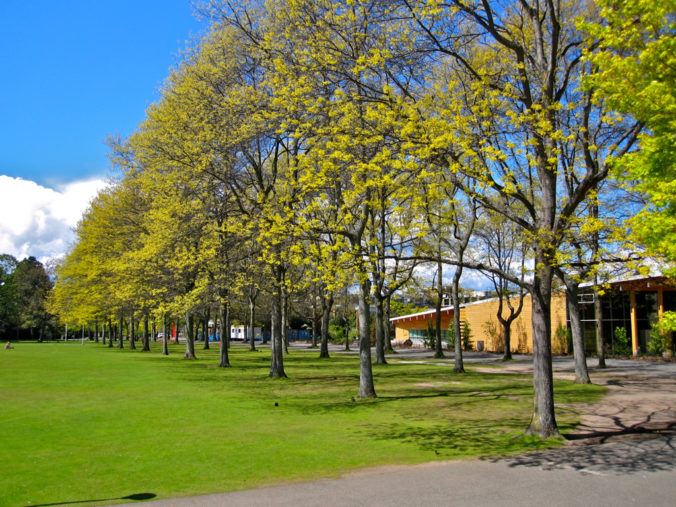Link: https://docs.google.com/presentation/d/1Zzd5N2uWuDJl0Bx-GTpm4bDB610jxkq0KniUQ-PU4uY/edit#slide=id.g22362b016e1_0_22
Learning Pod: #5
Peers’ Names: Sam Jensen, Amber Proudfoot, Michelle Mylrea, and Selina Farkas
Interactive Learning Resource Topic: Sustainability, (Resources) improving consumer sustainability in Victoria, BC (Circular economy focused sustainability in Victoria)
Identify components of the Interactive Learning Resource that might be missing (e.g., appropriate outcomes, alignment, interactivity, inclusivity, technology use and rationale, presentation, grammar, spelling, citations, etc.).
| -I may have missed it but there is mention of a google classroom on slide 10, is there a google classroom for this ILR? -For the questions on some of the slides, would there be a way for the learner to respond to these, or is the goal for the learner to reflect in their own way? -I noticed in topic 2 the slide titles have 2.1, 2.2 and 2.3 on them and the rest of the presentation does not include that. You may want to consider instead of putting the topic 2 material on different google docs, putting it into the slide show for a more seamless ILR. This is the same for topic 3 having outsourced links instead of it being all on the slides. -It may just be me, but I had trouble clicking on the link for lesson 3.1 on slide 28 and the examples and templates on slide 30. I also couldn’t find that discussion forum on the slide 28 link. |
Provide a summary of The Interactive Learning Resource’s strengths and weaknesses. Draw out specific examples from your peers’ work to justify your feedback.
| Strengths:The “about the resource” section is fantastic, telling the learner which topics are coming, what the expected demographic is and what they are being assessed on! Absolutely fantastic having a discussion forum to allow for any questions, a very streamlined form of communication! The learning outcomes at the beginning of each topic are well done and clear. I appreciated that there were so many links throughout the resource for clarification of topics and material. The CRD recycling game is super fun and interactive! It allows for the learning of sorting recycling and is quite enjoyable (I did all 5 levels building my park!) Weaknesses: Slide numbers on the table of contents would help the learner restart the resource after a break. Ensure that the presentation is seamless, there is a difference in each topic for how the information is presented (ie google docs vs on the slides) which may get confusing to the learner. I would also recommend reminding the learner about how to submit assignments after each topic. |
Provide general, specific, and practical recommendations to your peers on how to improve their Interactive Learning Resource.
| It is clear a lot of work and thought went into the creation and presentation of this ILR! To make the learning even better I would recommend creating a seamless resource between topics. To do this I recommend choosing one format of the way the topics are laid out, either putting all the content on the slides (ie slide 17) so that links are for other external resources OR, putting all the content on google docs and having the learner click on links for each topic (ie 2.2 Victoria’s recycling system on slide 22 ). |

Recent Comments